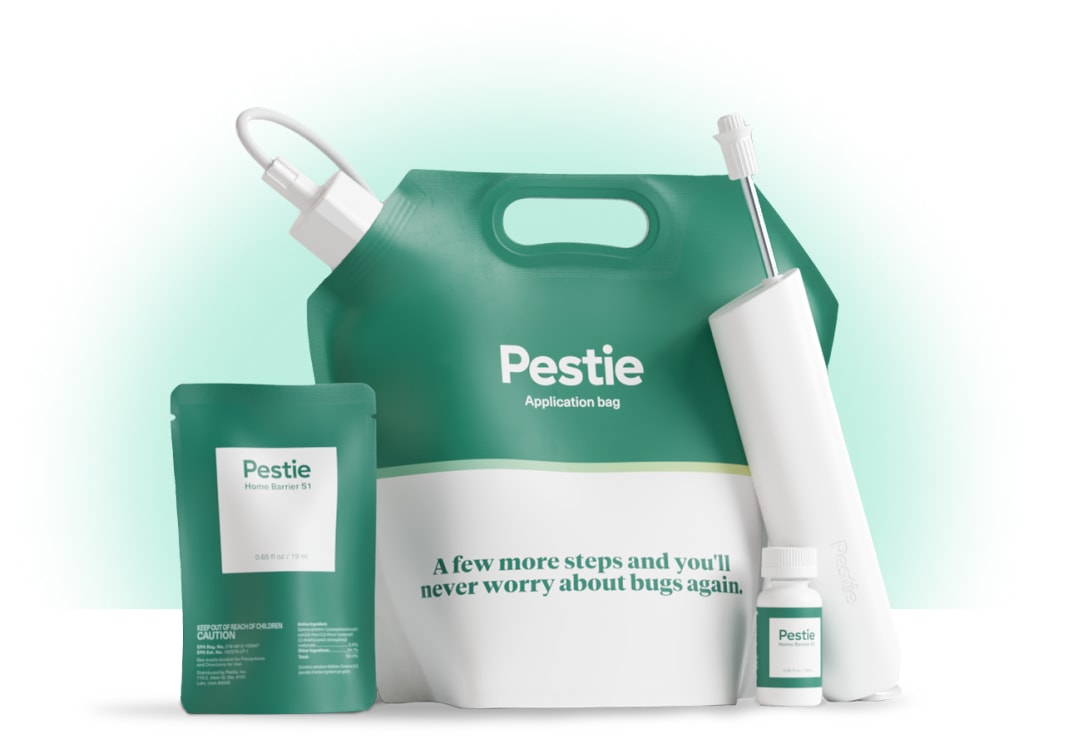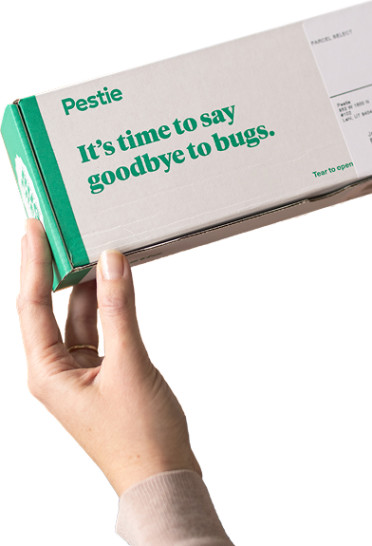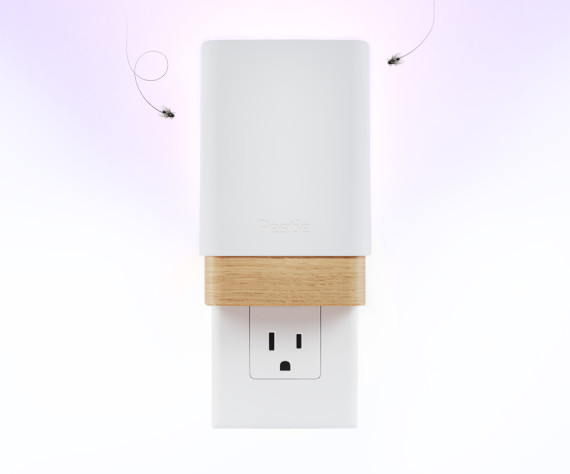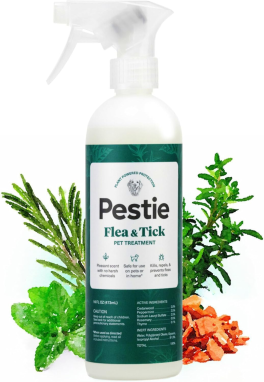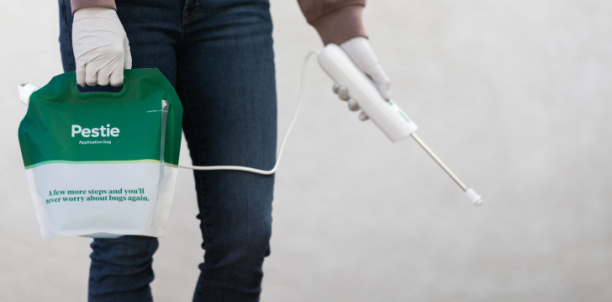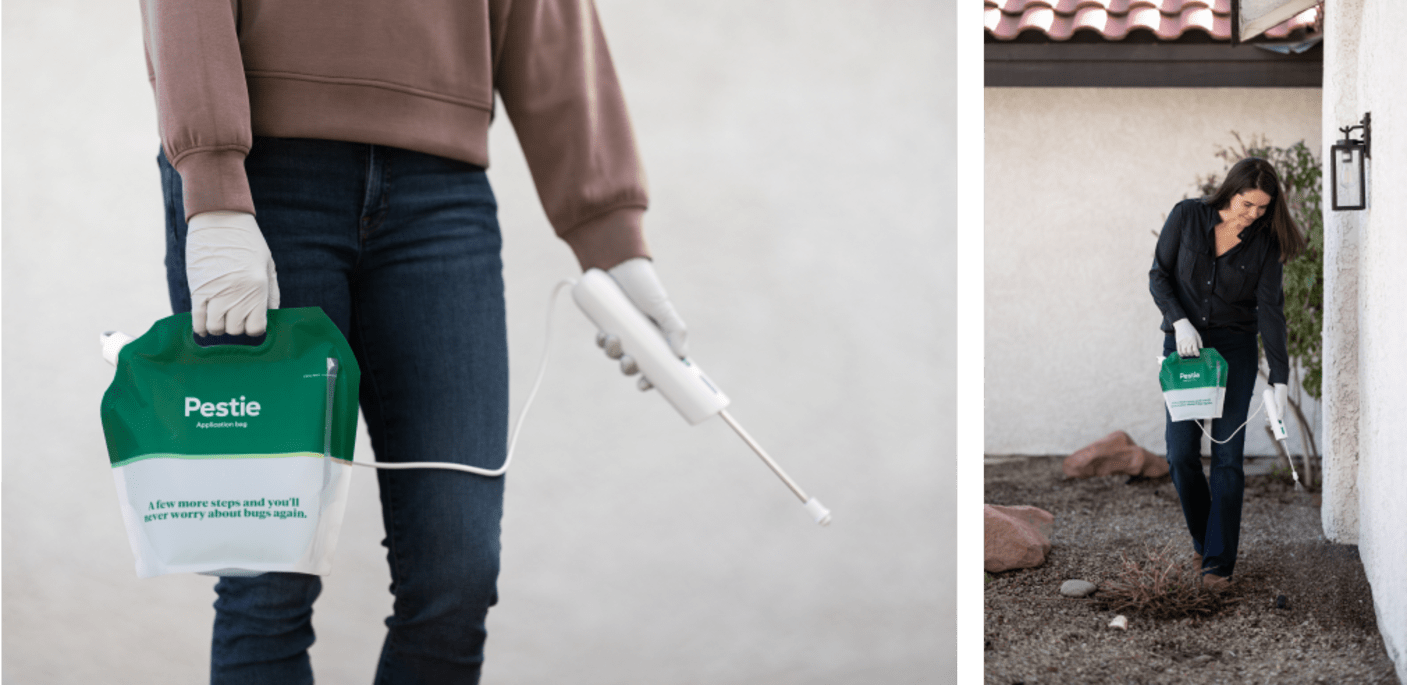How to identify and get rid of spotted lanternfly
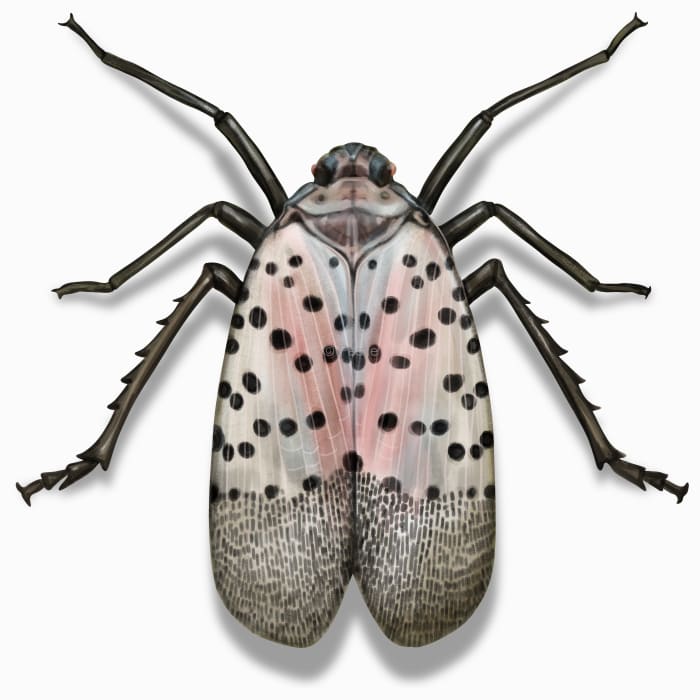
Alien invasion or invasive species? unveiling the spotted lanternfly
If there were ever a suspicion of invading aliens from beyond this world, spotted lanternfly would be a prime candidate.
Fortunately for humanity, they are just an invasive species accidentally put in the wrong place at the wrong time.
Spotted lanternflies belong to the planthopper family of insects and are originally from parts of Southeast Asia. In their native habitat, they prefer to feed on the tree of heaven. However, they have been reported to feed on over 173 plants, including soybeans, grapes, and fruit trees.
As it sucks plant juices, it produces a honeydew substance that can cause a sticky mess, leading to sooty mold on plants underneath the spotted lanternflies.
Due to its destructive feeding habits, this striking insect has been making waves across parts of the United States. Heavy infestations on plants can weaken and sometimes kill them. Additionally, females lay their eggs in clusters on hard surfaces. These clusters are very cryptic when laid on tree bark. However, the females are also known to lay their eggs on the sides of trucks and trains, increasing the risk of spreading to new states and regions.
How to identify spotted lanternfly
Spotted lanternflies are easily identifiable by their distinctive wings—gray with black spots on top and a surprising flash of red underneath that shows when they fly.
The nymphs look nothing like their adult form. They are wingless and are black with white dots. When they get older, they turn red.
If you notice these bugs in your yard, especially in large numbers, you might be dealing with an infestation. Key signs include a buildup of sticky residue, called honeydew, on plants and the presence of a black, sooty mold that grows on the honeydew. This can damage or even kill plants.
How big are spotted lanternflies?
Adults are typically about 1 inch long.
What other pest looks like a spotted lanternfly?
Because of their distinct colors and patterns, it's hard to confuse this with any other insect. The one with the most similar coloration would be tiger moths. However, moths generally have more feathery antennae and a thicker body.
Where do spotted lanternflies live?
They were originally discovered outside of China in Pennsylvania in 2014. They have since spread to several states, including New Jersey, Delaware, Maryland, and Virginia.
They are rarely indoors but may be found on outer walls or near plants. Outside, they can be found on tree trunks, grapevines, or other hardwood trees.
How to get rid of spotted lanternfly
Several states have made concentrated efforts to eradicate or destroy spotted lanternflies from their areas. There are several things you can do to join in on the fight against this invasive species:
- Physical removal: Manually remove and destroy eggs, nymphs, and adults when possible.
- Sticky bands: Place sticky bands around tree trunks to catch nymphs as they climb.
- Remove host plants: Particularly the Tree of Heaven, which is a preferred host for spawning.
- Trap crops: Plant trap crops like grapes to lure them away from more valuable plants.
- Vacuum: Nothing beats sucking up spotted lanternfly with a vacuum. Just remember to dispose of them in a sealed bag.
- Insect barrier spray: Use a perimeter spray to keep spotted lanternflies out of your yard.
Pestie offers a pro-grade DIY solution that only takes minutes to apply in and around your home. It's the easiest way to get total protection from pests at a fraction of the price of traditional pest control methods.
Treat spotted lanternflies with Pestie
If you're still having trouble keeping spotted lanternflies away, the best option is to use a pro-grade, effective pest control solution like Pestie.
Pestie is a do-it-yourself pest control solution that's specially designed to keep spotted lanternflies and other pests away from your home.
With Pestie, you can rest easy knowing that your living space is protected and free of creepy crawlies. And the best part? It's designed for people, pets, and the planet, so you can say goodbye to harsh chemicals and hello to peace of mind!
- Save hundreds compared to traditional annual pest plans
- People, pet, and planet-friendly
- Pro-grade customized formulas
Quick facts
- Scientific name
Lycorma Delicatula
- Colors
Grey and black spots; underwings have red patches
- Life span
1 year
- Diet
Plant sap of 173 plants
How dangerous are Spotted Lanternflies?
Low danger risk
While they pose no direct threat to human health, they can cause significant agricultural and economic damage to crops and trees.
Bees have been known to use the honeydew spotted lanternfly produce to make honey. Reports say that the honey has a smoky taste to it.
